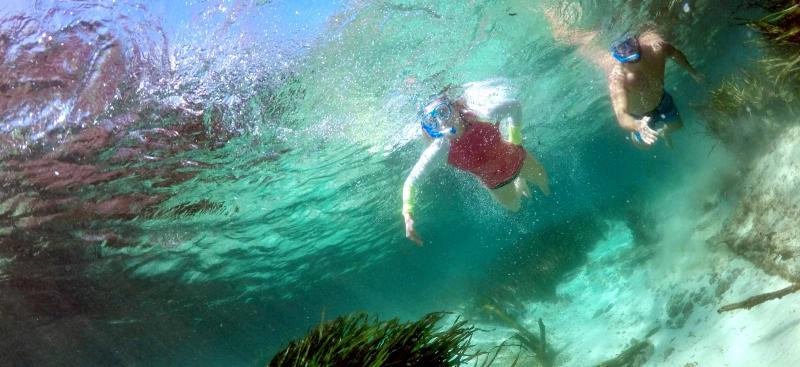Septic tanks contribute up to 40% of the current nitrogen pollution in the District's five first-magnitude springs. If you have a septic system, it’s important to have the system inspected regularly and maintained as necessary.
How do septic tanks impact springs?
Wastewater from traditional or damaged septic tanks can leach into the ground, causing nitrates to enter the aquifer. When this happens, the nitrates eventually reach the spring, which results in excessive algae growth and contributes to the poor water quality. Watch this animation to learn more.
To help reduce the impact of septic tanks in the Springs Coast region, the District launched a Septic to Sewer initiative to provide matching funds for conversion projects that also receive funding from the Florida Department of Environmental Protection. District funding helps reduce the financial burden on the local communities and residents.
How can you help springs?
As a homeowner, there are several steps you can take to prevent your home’s septic system from impacting nearby springs. Here’s a few easy ways to help protect your springs:
- Use water efficiently such as fixing leaky toilets and spreading out laundry loads.
- Plant only grass over and near your septic system to avoid damage from tree roots.
- Don’t drive or park vehicles on any part of your septic system. Doing so can compact the soil in your drain field or damage the pipes, tank or other septic system components.
- Have your system routinely inspected and maintained as necessary.
- Don’t dispose of household hazardous wastes in sinks or toilets.

